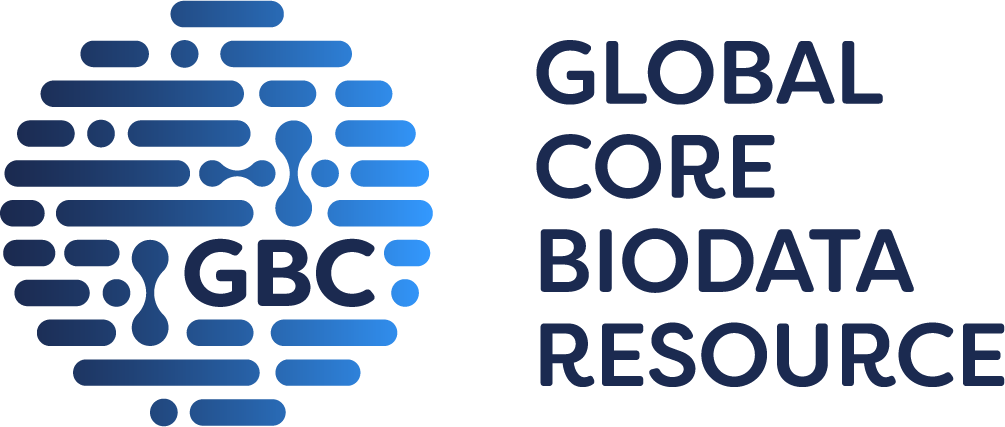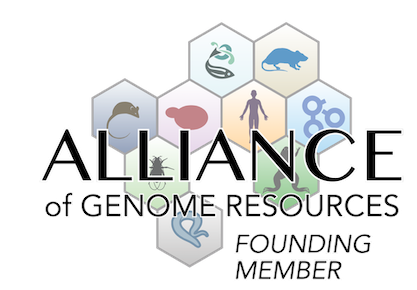homeostasis/metabolism
|
• mice exhibit lower muscle endurance in an involuntary physical exercise test compared with wild-type mice
|
|
• in skeletal muscle
|
|
• following glucose administration
|
|
• following glucose administration
|
|
• muscles exhibit decreased insulin sensitivity compared with wild-type mice with decreased glucose disposal and glucose infusion rate
• however, treatment with resveratrol or two weeks of exercise ameliorates insulin resistance while treatment with MnTBAP produces a trend towards amelioration of insulin resistance
|
cellular
|
• skeletal muscle exhibits a decrease in mitochondrial DNA content compared with wild-type muscle
• however, treatment with resveratrol, Bay-K 8644 (a calcium-channel opener), or two weeks of exercise increased mitochondrial content
|
|
• skeletal muscle cells exhibit a decrease in beta oxidation and an increased in hydrogen peroxide level compared with wild-type cells
• however, treatment with MnTBAP reduces hydrogen peroxide levels
|
muscle
|
• skeletal muscle exhibits a decrease in mitochondrial DNA content compared with wild-type muscle
• however, treatment with resveratrol, Bay-K 8644 (a calcium-channel opener), or two weeks of exercise increased mitochondrial content
|
|
• soleus muscle exhibit a decrease in type I fibers compared with wild-type muscles
|
behavior/neurological
|
• mice exhibit lower muscle endurance in an involuntary physical exercise test compared with wild-type mice
|



 Analysis Tools
Analysis Tools

